
Canada's guitarist-astronaut, Chris Hadfield, says he'd love to hop into SpaceX Starship for a trip around the moon.
Hadfield, a retired Canadian Space Agency (CSA) astronaut who commanded the International Space Station in 2013 while charming the world on social media, sat down with Space.com to talk about changes in the space program since he last flew in space.
Besides talking about SpaceX and Boeing's Starliner spacecraft, Hadfield talked about whether he would play the epic Starfield space exploration game, and on which spacecraft he would store his guitar.
Hadfield also shared his insights on Canada's fast-growing opportunities for astronauts, which will see Canadians take to the skies again in 2024 and 2025 for missions to the moon with Artemis 2, and for a long-duration flight on the International Space Station.
Related: Astronaut Chris Hadfield meets King Charles III, pushes space sustainability

Space.com: Are you playing Starfield right now? And what do you think about it?
Chris Hadfield: No, I'm talking to you right now. Somebody made a really cool character based on me for Starfield, which I take as an enormous compliment. But you know, I'm writing a book every two years right now, and I'm the director of several space companies, and I'm helping run a big international technology incubator. I just haven't found time to play Starfield yet, but I'm honored to be part of it.
Space.com: When it's ready, would you fly on SpaceX Starship to the moon?
Hadfield: I think there's a sort of a misimpression that astronauts fly on spaceships. That's one too many words.
In a sense, we fly spaceships. And so it's not just the ride. It is the whole process by which we make a spaceship safe and make it safer for subsequent crews. So to me, that's been my entire life as a fighter pilot, test pilot, engineer, astronaut: How do you fly spaceships ever better and ever more capably?
I'm a consultant to SpaceX. I think it's got potential to be a magnificent vehicle. I'd love to not only be looking at it and thinking about it, but also maybe, someday, to have a chance to fly it as well.
So the short answer is yes. Absolutely.
Related: Watch SpaceX's Starship go boom twice in this epic test-flight highlight video

Space.com: Would you be able to choose between SpaceX Dragon or Boeing Starliner to the ISS, or is it too hard?
Hadfield: I think the best spaceship that exists is the one you're about to go to space on, no matter what. And none of them are guaranteed. It's a dangerous business, still, flying in space. It's like aviation in 1912, or maybe driving a car in 1905 or a train in 1815. New technologies are dangerous, until we've run out all of the bugs. But I've flown the space shuttle a couple of times. I was the pilot of a Soyuz. I've been to two space stations. It's the process of learning and training and then making all of those vehicles sing. That's the whole great joy of being an astronaut.
Yeah, I would love to fly. I was onboard a SpaceX Dragon, an uncrewed one that came up and docked to the space station. So I've been inside one on orbit. But I haven't flown either of those yet. But if you're asking, I'd love to.
Space.com: Which spacecraft, of all time, do you think has the best storage for our guitar?
Hadfield: The space shuttle, just because it had the most room. And a guitar is kind of bulky and empty and, you know, mostly a place for the sound to resonate. I think we were really lucky that while the space shuttle was flying, in the summer of 2001, the NASA psychologists and the NASA payload engineers found it fit to manifest a small but excellent guitar, a Larrivée parlor guitar, up to the International Space Station. Pretty much every crew has someone who plays guitar. It gets played all the time. So I'm glad it's there.
Related: How guitar legend Joe Satriani's love of space and sci-fi inspired his new album and comics
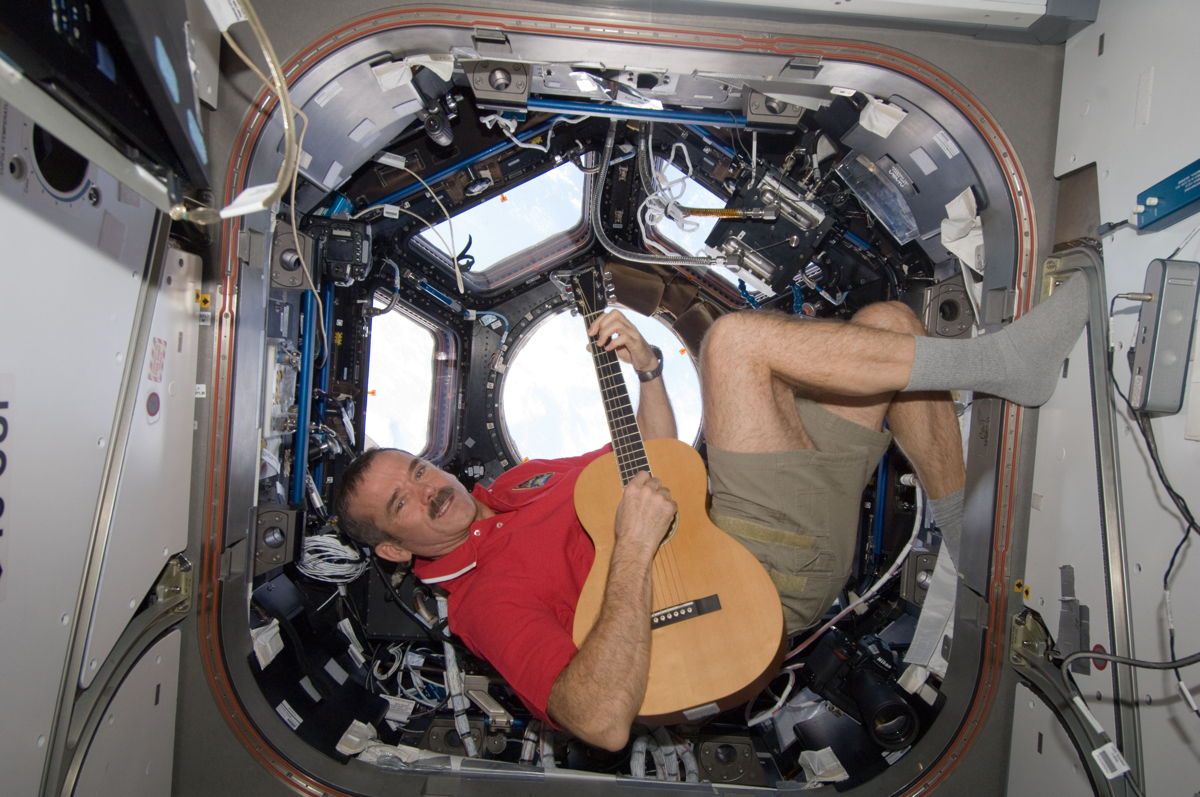
Space.com: Now let's talk about your newer book, "The Defector." Without getting too heavy into the spoiler territory, can you talk about what you brought to the book based on your time as a pilot with the Royal Canadian Air Force — and also, of course, with the United States?
Hadfield: I write thriller fiction. I started with "The Apollo Murders", and now "The Defector." Being an engineer, and a combat fighter pilot, I used to intercept Soviet bombers flying into North American airspace. Then I became a test pilot with the U.S. Air Force at Edwards, and then the U.S. Navy at Patuxent River, and then 21 years as an astronaut. It puts me in a unique position on Earth for writing thriller fiction. It is the story of the top, fastest, highest-flying Soviet fighter ever — the MiG-25 — defecting with a test pilot at the start of the Yom Kippur War, which is an amazing echo 50 years later now. Then he is whisked out to the desert in Nevada, at a place called Area 51 that really exists, where the American Air Force takes Soviet fighters.
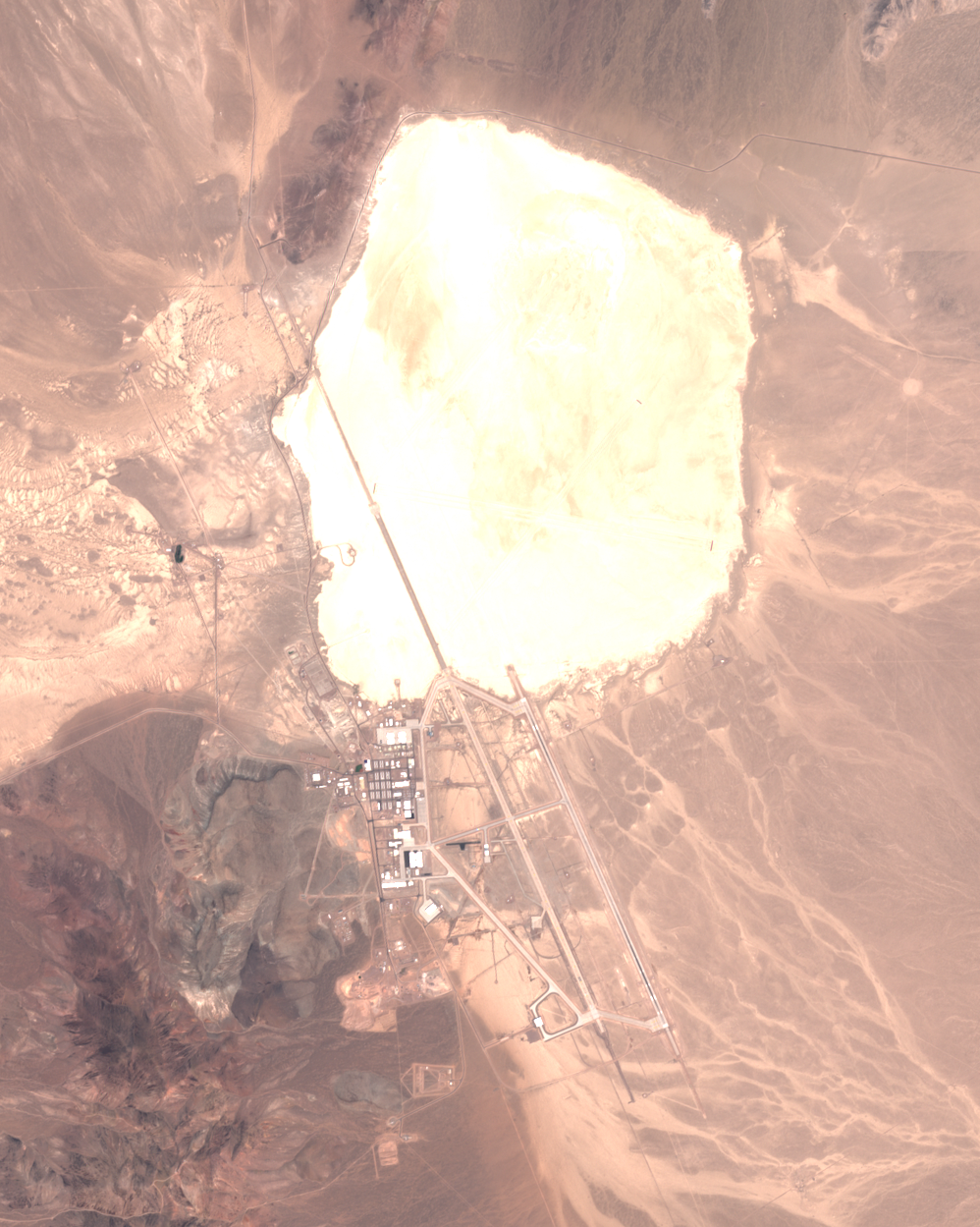
Space.com: I'm Canadian, you're Canadian, so I wanted to spend some time also talking about Canada's space program, which has seen so much growth. We could probably fill hours with this discussion, but I wanted to focus on the four active astronauts. It's been such an exciting year.
Let's start with Colonel Jeremy Hansen. He used to be a fighter pilot. He now will be flying around the moon with Artemis 2 in 2024, after 15 years serving Canada's space program on the ground. He was training other astronauts, he was designing spacewalks, and so many other activities. Can you talk to me about what Jeremy brings to Artemis 2, and what this means for Canada?
Hadfield: Jeremy is a really excellent Canadian. He has a couple university degrees in physics. He was a top fighter pilot in the Royal Canadian Air Force. He has been working every single day all around the world, at all the various places where astronauts work and trained, and developing his own skills, becoming qualified at everything that an astronaut might need to do, and then supporting all other astronauts working in Mission Control. He was in charge of new astronaut class training; he was experienced and trusted enough to be able to teach a whole new crop of NASA astronauts.
Finally, and I think fittingly, he's assigned not just to a spaceflight, but to a spaceflight around the moon with three NASA astronauts.
Related: Artemis 2 astronaut Jeremy Hansen says a Canadian will walk on the moon one day
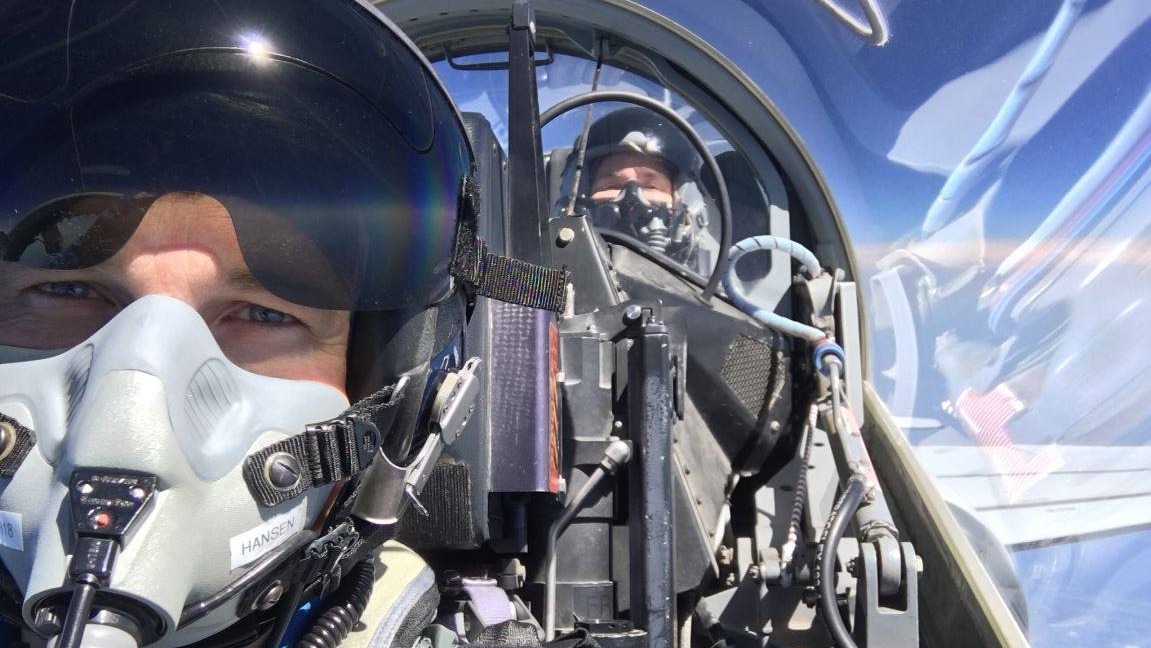
What's really significant about that is there have only been 24 human beings in the history of our species — 300,000 years of Homo sapiens — 24 people have left Earth orbit, and they were all American citizens. The very first time someone will leave Earth orbit, who isn't an American, is going to be Jeremy Hansen from Ailson Craig, Ontario. It's not just because of his incredible skill set, but also his interpersonal skills: His ability to bring out the best in everybody around him, and in himself. Maybe the greatest summary is that my wife refers to Jeremy as Chris 2.0. Like the upgraded model. I'm not really sure how I was supposed to take that, but I don't disagree. Jeremy's great.
Space.com: We also found out that Josh Kutryk — who's a test pilot with the RCAF — is going to be flying in a new vehicle to the International Space Station in 2025. He's going to be one of the first people to use Boeing Starliner, after seven years supporting other missions on the ground. Can you tell me how Josh's experience will benefit the crew, and what this mission means for Canada as well?
Hadfield: Most people don't know what a test pilot is. But once you're already very experienced and qualified as a pilot, and normally in some of the highest-performance airplanes that exist, there's this big competition. Only a few are selected each year to train to become a test pilot. And it's a year of full-time school, seven days a week. It's like a PhD in flying. It is the most exacting and demanding year I've ever spent. And Josh Kutryk was the top graduate of the U.S. Air Force Test Pilot School, and served with distinction as a test pilot.
Those skills are super important. When you're flying a new spaceship, like Starliner, it's going to have problems not just while it's flying — but in all of the time of development. That's where the flight test team and the test pilot really have to dig in, try and anticipate everything that's gone wrong so far or that might go wrong — and then be ready for it. So no matter what happens, they can bring it safely back and make the vehicle even better next time.
So I think it's an inspired choice. Josh's skill set has really allowed NASA and all the international partners to choose him for this flight. He's not just flying up to the space station on this new vehicle, but he's going to stay there for six months. He will not only be a test pilot flying a new vehicle, beyond Earth's atmosphere into space, but then he's going to be Canada's next astronaut living and working on the International Space Station. He's supremely capable. I think he has five university degrees; an amazing guy. I'm really delighted that he's being trusted with Starliner, and everything that's going to happen once they dock.
Related: What 8,000 hours flying military jets taught 2 Canadian astronauts
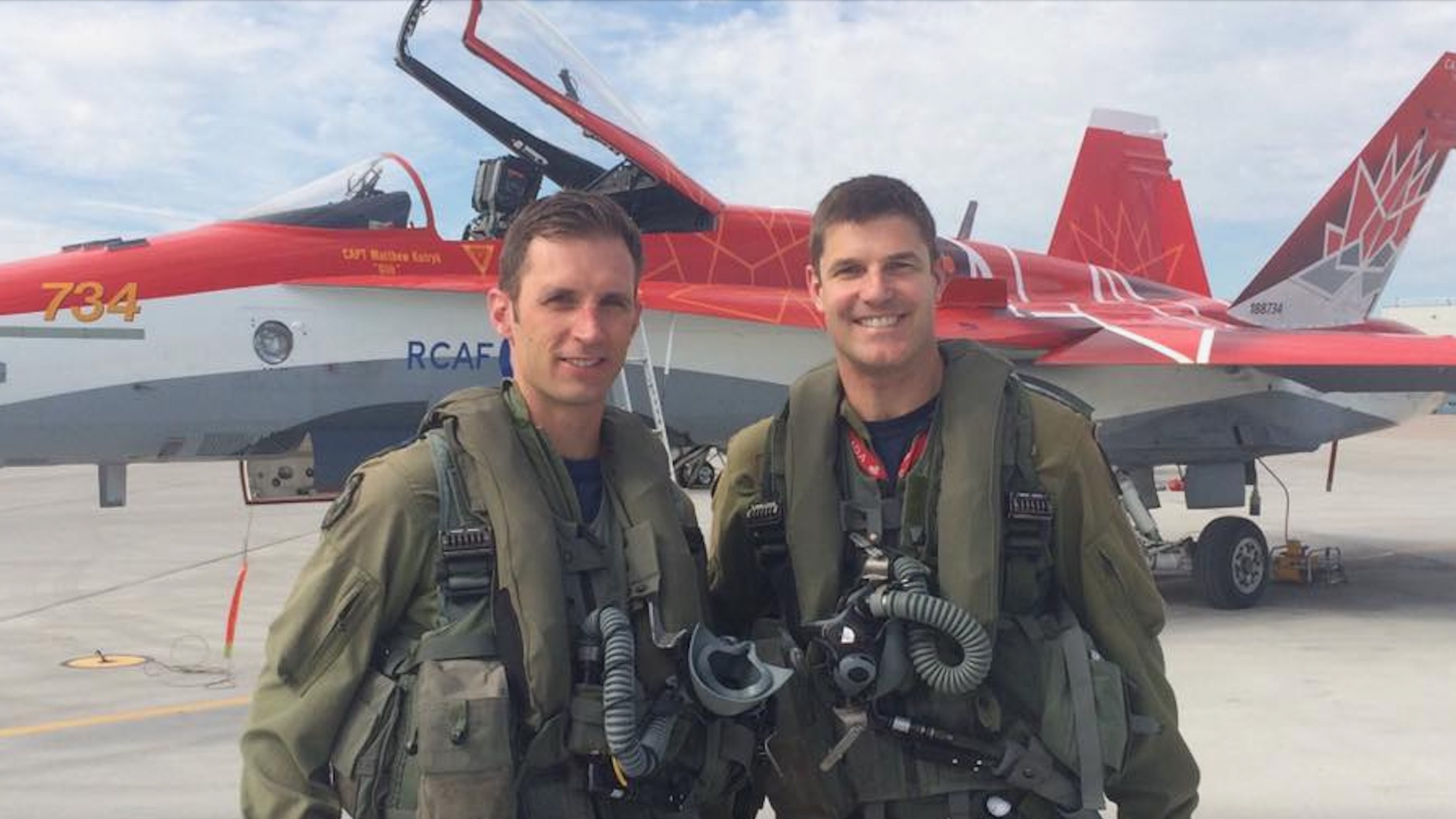
Space.com: Let's move over to the civilian side of the astronaut corps of the Canadian Space Agency. I also really wanted to talk about Jenni Gibbons because she's a civilian fire scientist, and she's going to be a backup astronaut for Jeremy Hansen on the Artemis 2 mission. She also has seven years of experience at the CSA. What kind of experience is she going to be bringing to the mission that will help?
Hadfield: Jenni's from Calgary. She's a PhD, mechanical engineer, and she was at Cambridge University in England as a professor. She's a nationally ranked rugby player. So she's got the real brain, and she's got the strong and healthy and well-tuned body. When you have all of those attributes of capability and proven capability, it just sets you up to be able to do anything that the space agency assigns to you.
Now she's training as Jeremy's backup. She's going to know everything he knows about flying to the moon. When opportunity comes for the next Canadian flight assignment, by sequence and by complete readiness, she'll be assigned. But what I'm really hoping — and what I hope the fates allow — is that when the very first Canadian puts on their moon boots, and steps down onto the surface of the moon, the first time there's someone with a Canadian flag on their shoulder, I think there's a really good shot that will be Jenni Gibbons. I can't think of a better Canadian to be doing it. We're not there yet. But I think her training, as the backup, really helps set her up for that potential future.
Related: Canada soars into space with new moon and ISS astronaut missions

Space.com: I also wanted to talk to you also about David Saint-Jacques, the medical doctor who spent something like seven months on the International Space Station back in 2018 and 2019. He's in between missions right now. Can you talk a bit about what an astronaut's role is during that time?
Hadfield: Most astronauts have a deep educational background, David, gosh, he has an advanced engineering degree as well as being a medical doctor. Great skills. He's a marathon runner and a father of three and a really interesting, thoughtful guy. He's already flown in space for six or seven months, as you say, living on board the space station and doing spacewalks.
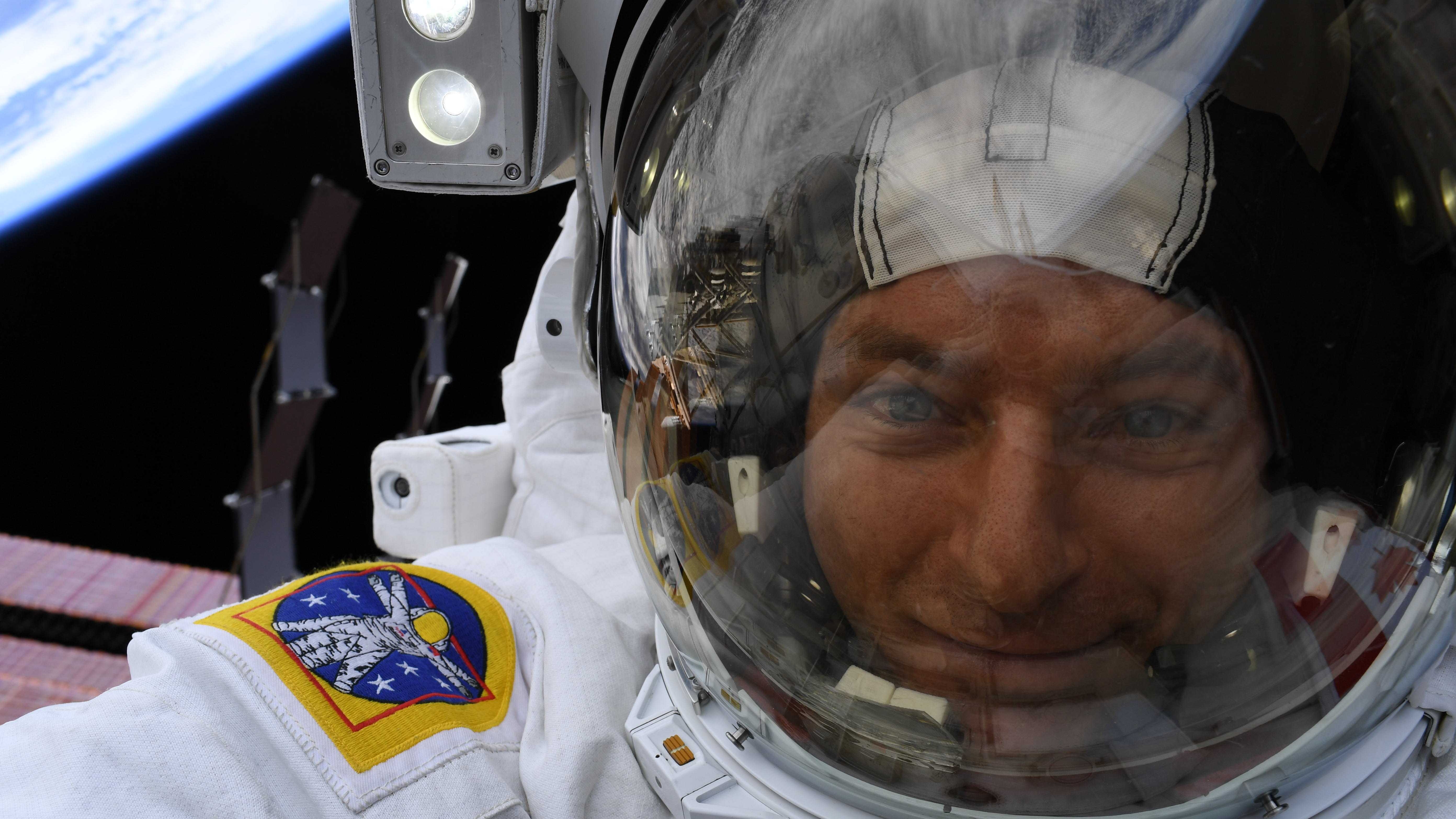
His job is very much in support now: working in Mission Control extensively. He's working at the Canadian Space Agency just outside of Montreal on a regular basis, supporting a whole bunch of different — largely medical-based — but other projects as well. And you never know. I mean, Jenni is the backup to Josh right now. When I was the backup to CSA astronaut Bob Thirsk, I used to sort of go, "Well, I'm the backup, so I'm probably not going to fly. But I'm really one twisted knee away from floating in space." You never know.
Your whole job as an astronaut is to stay ready, stay healthy, stay fit, stay available, stay involved in what's going on — and never know what the future will bring. David had the great privilege of staying in space for a long period already and serving. But I'm sure if someone said to him, "Hey, wait, things are rolled out. You've got to fly to space again." There'll be a big smile on his face. He's ready.
This interview has been edited and condensed.







